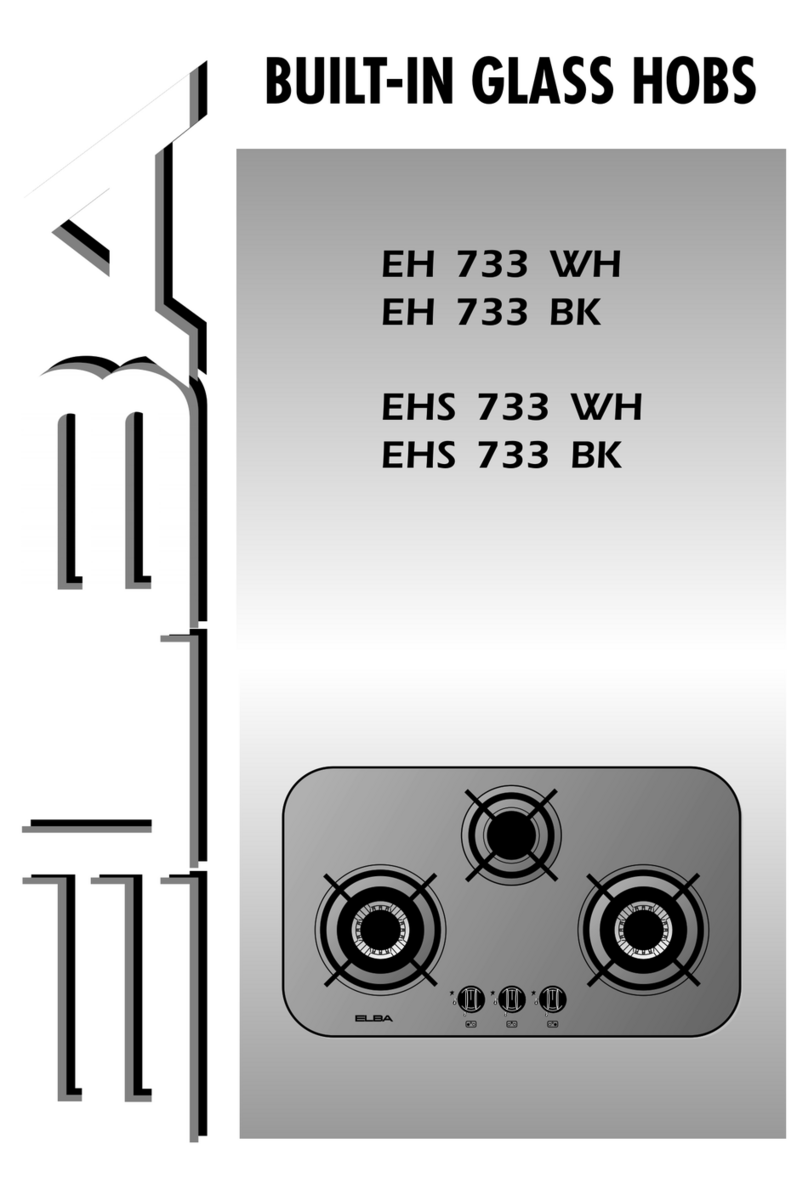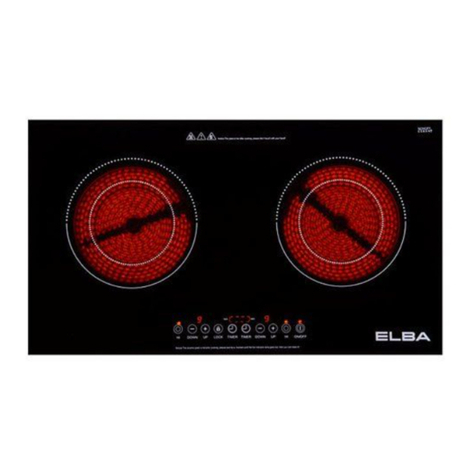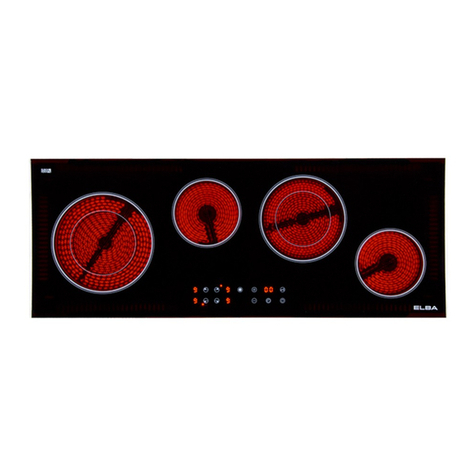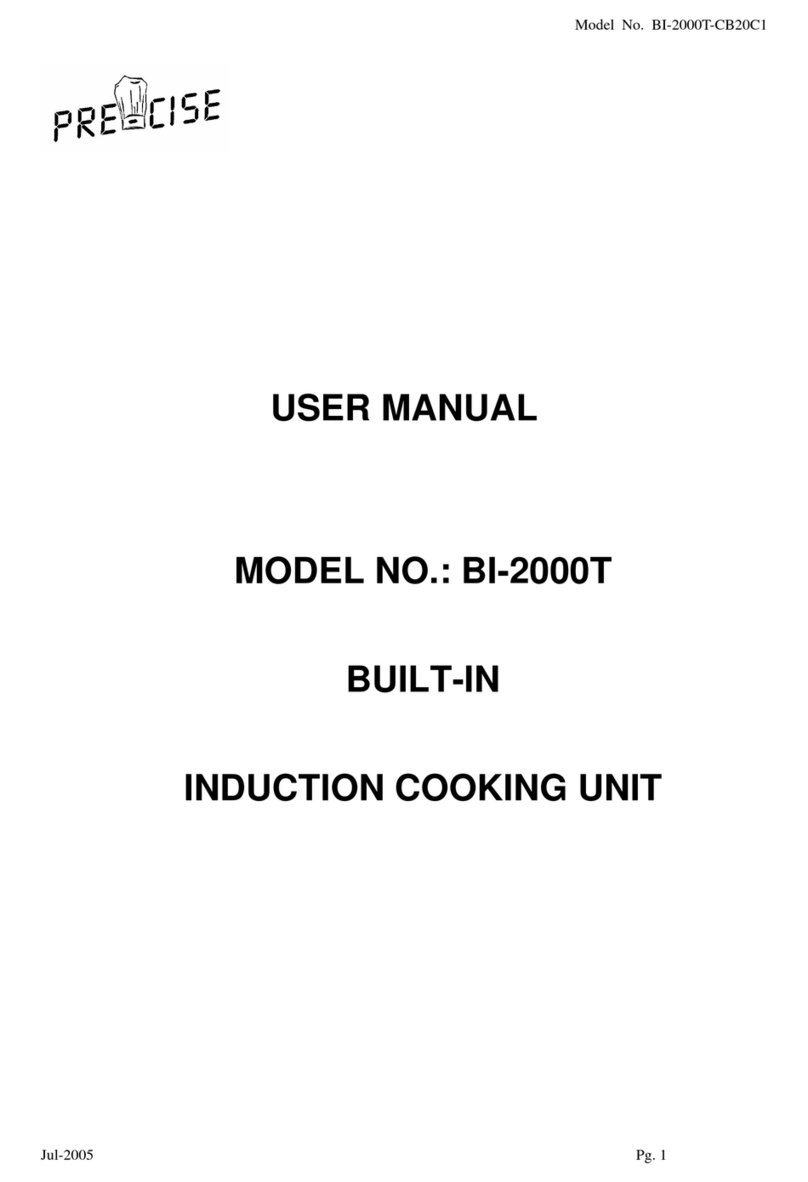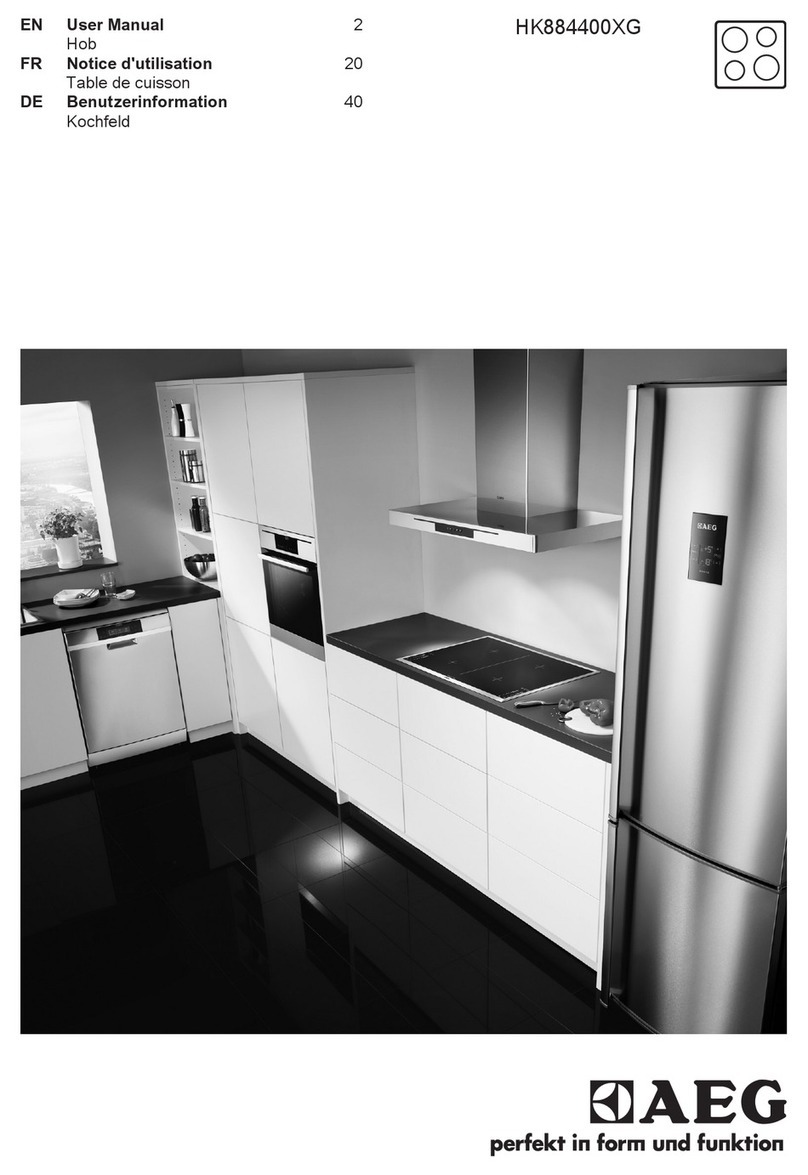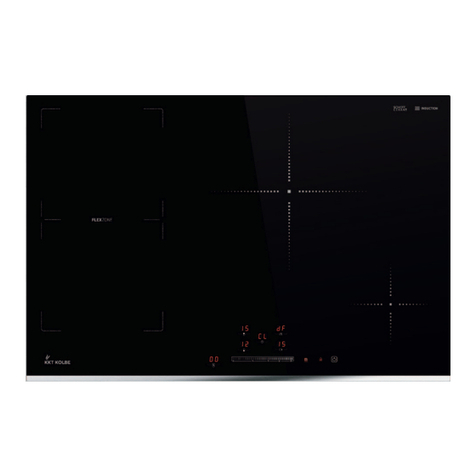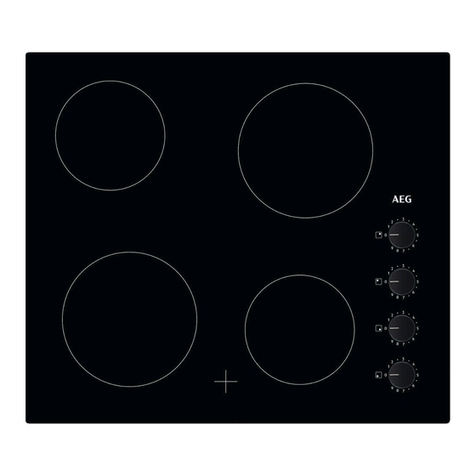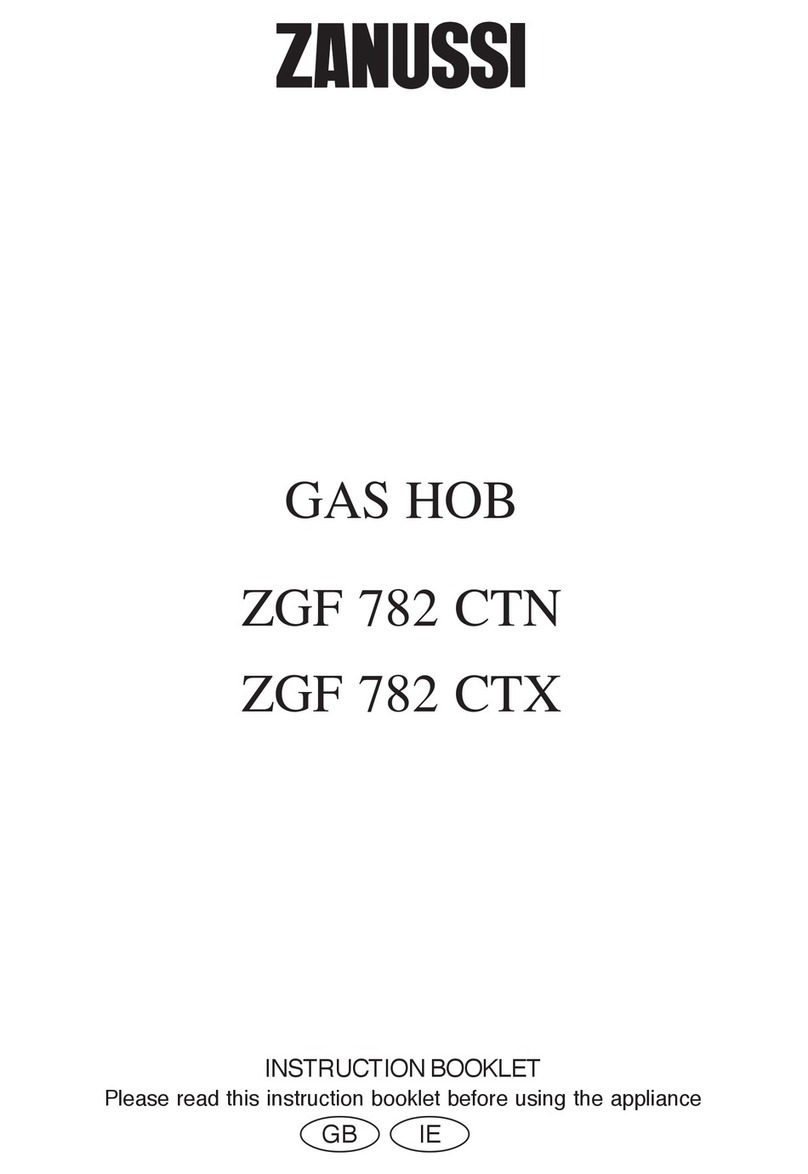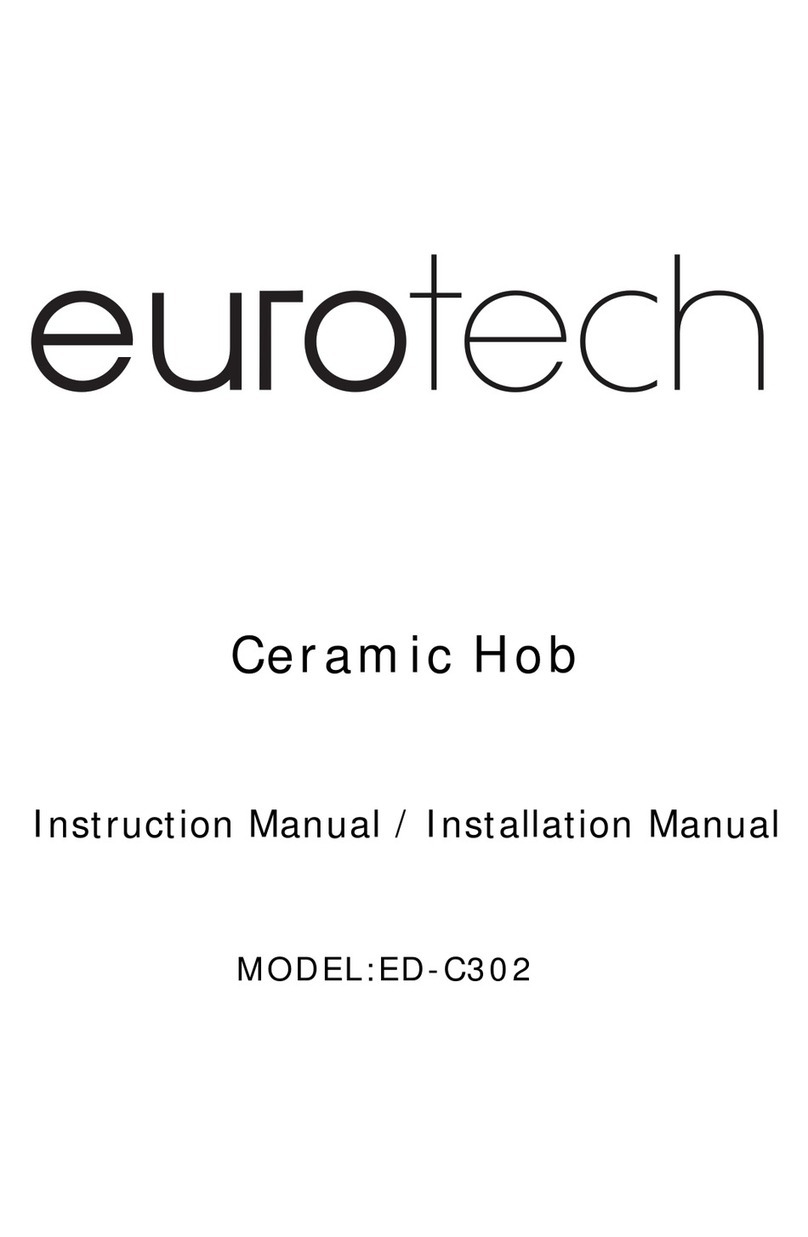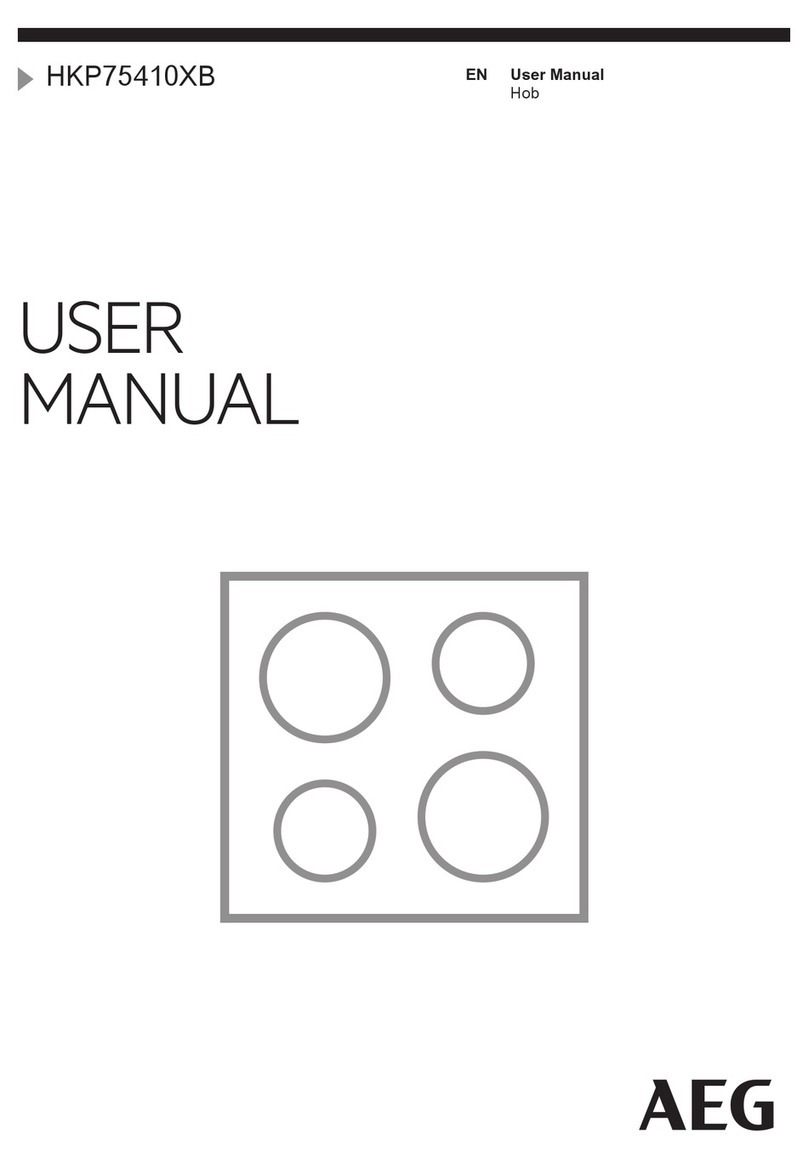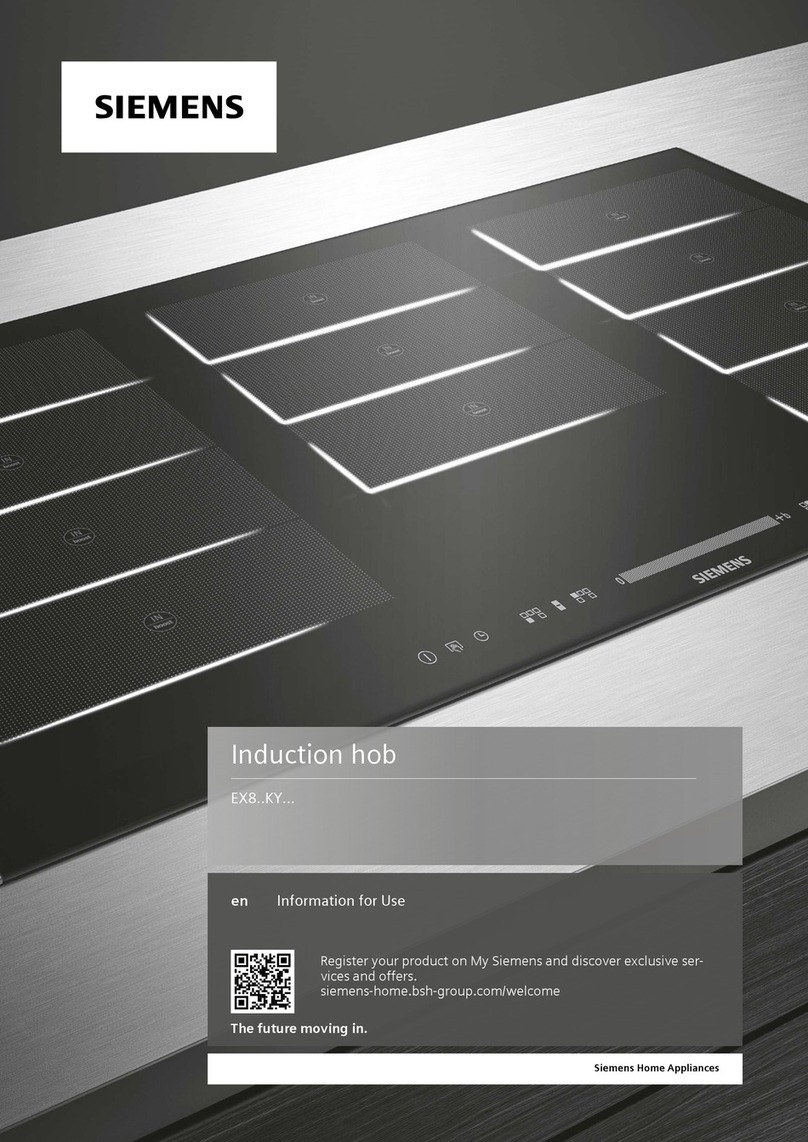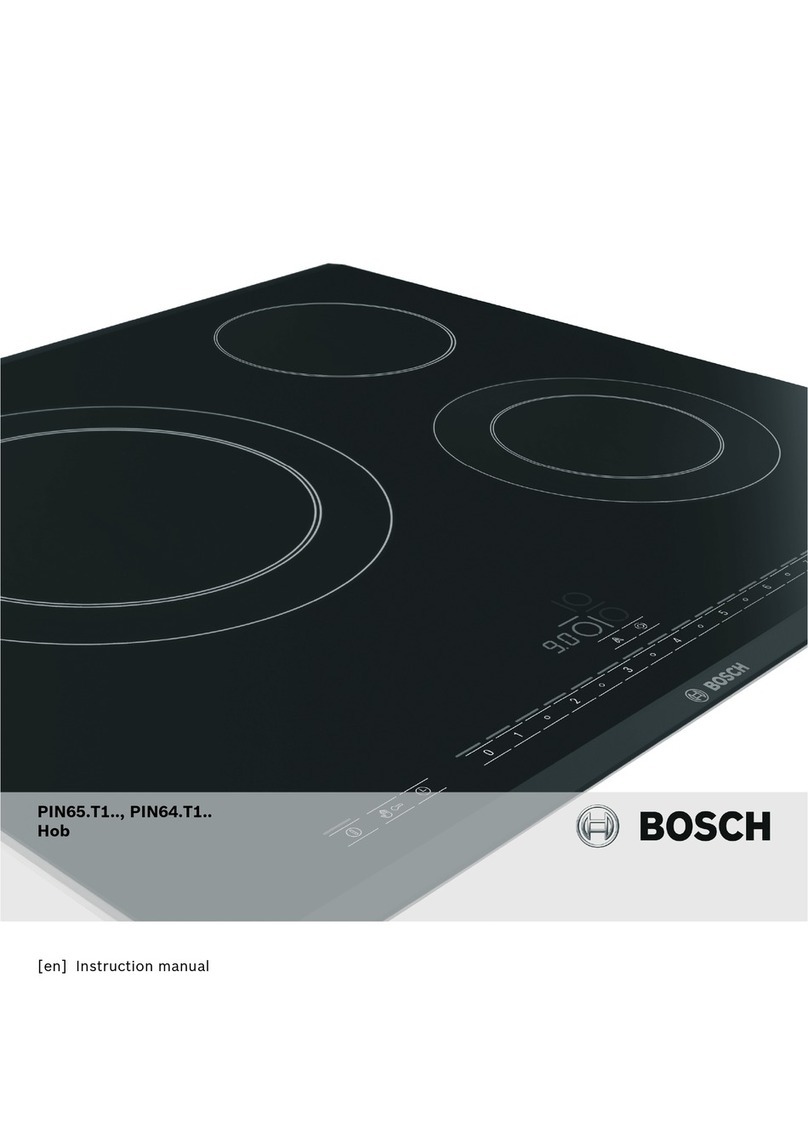Elba P60 Installation and operating instructions
Other Elba Hob manuals

Elba
Elba EGH-H9592G User manual
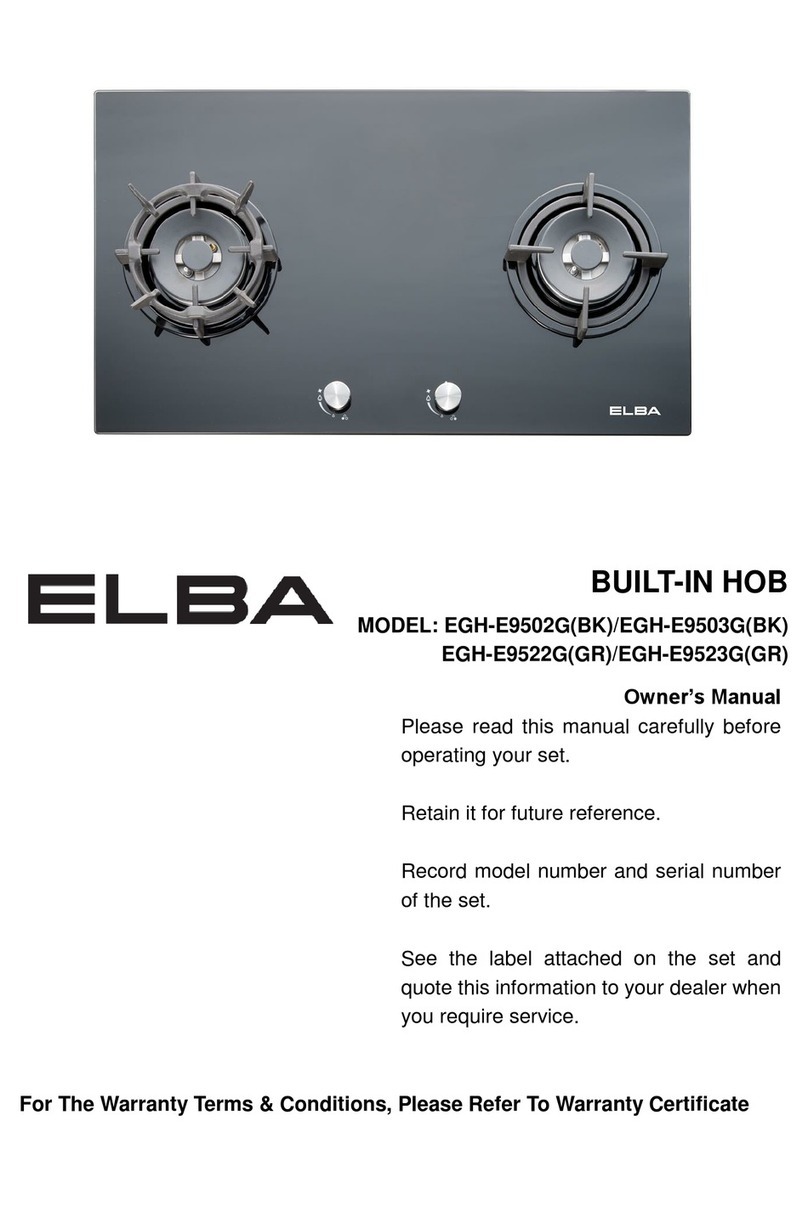
Elba
Elba EGH-E9502G User manual

Elba
Elba P60 Installation and operating instructions
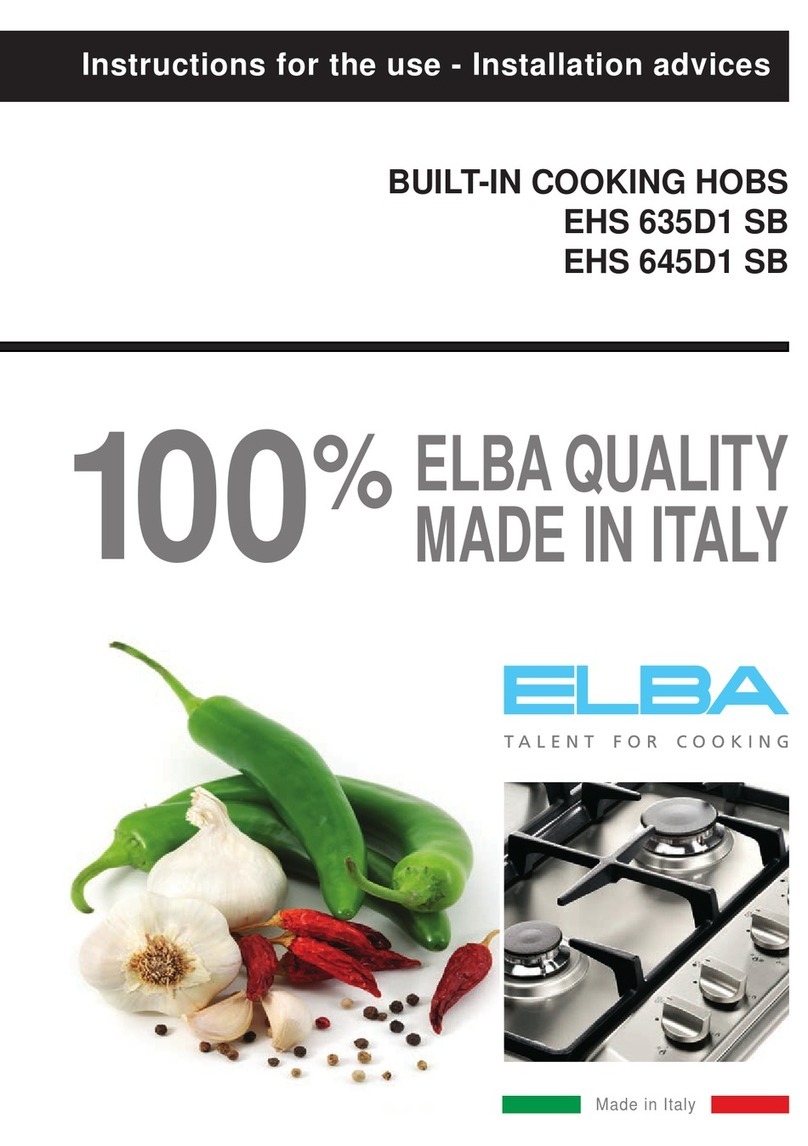
Elba
Elba EHS 635D1 SB Installation and operating instructions
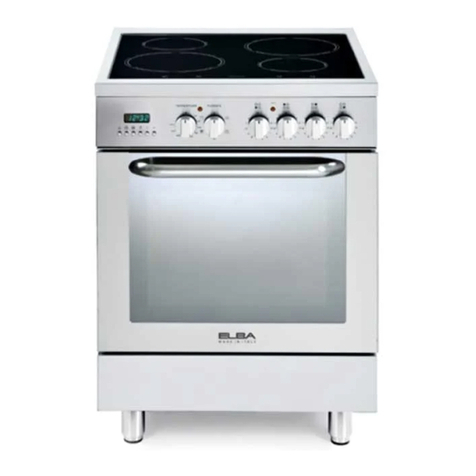
Elba
Elba 6E EX 397 I Installation and operating instructions
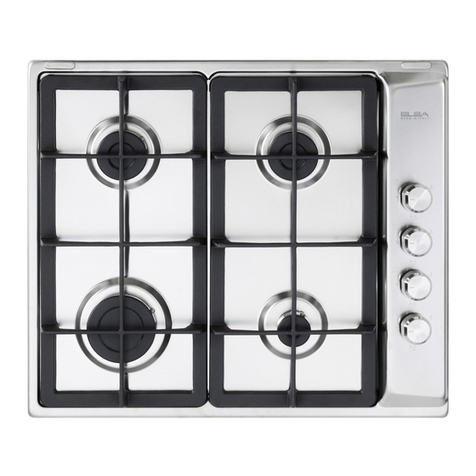
Elba
Elba P60 User manual

Elba
Elba DOMINO COOKING HOBS Installation and operating instructions
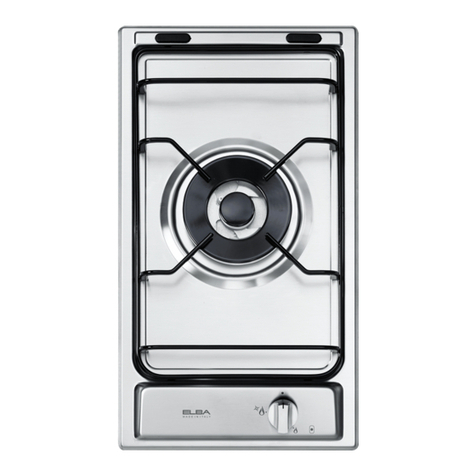
Elba
Elba EHS 311D1 S Installation and operating instructions
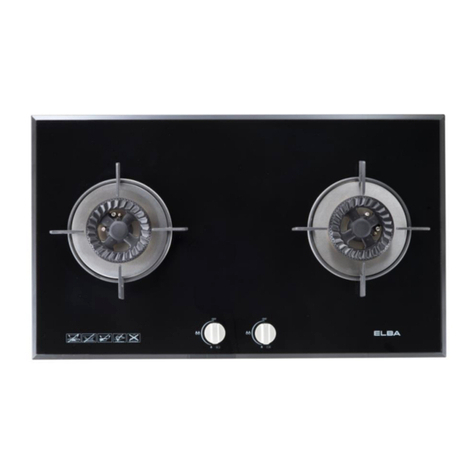
Elba
Elba EGH-B8242G(BK) User manual

Elba
Elba EGH-K8942G User manual

Elba
Elba P6D User manual

Elba
Elba EHS 635 SB Installation and operating instructions
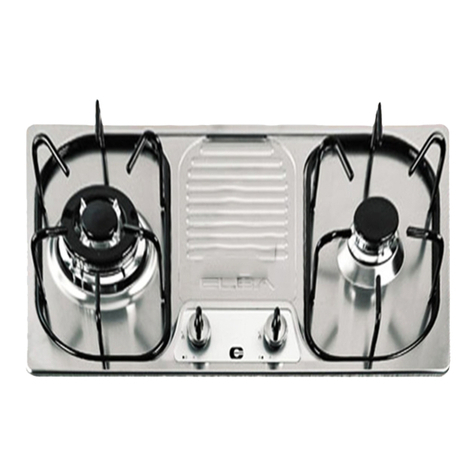
Elba
Elba 74-200 SS User manual

Elba
Elba EICH-K7072ST User manual
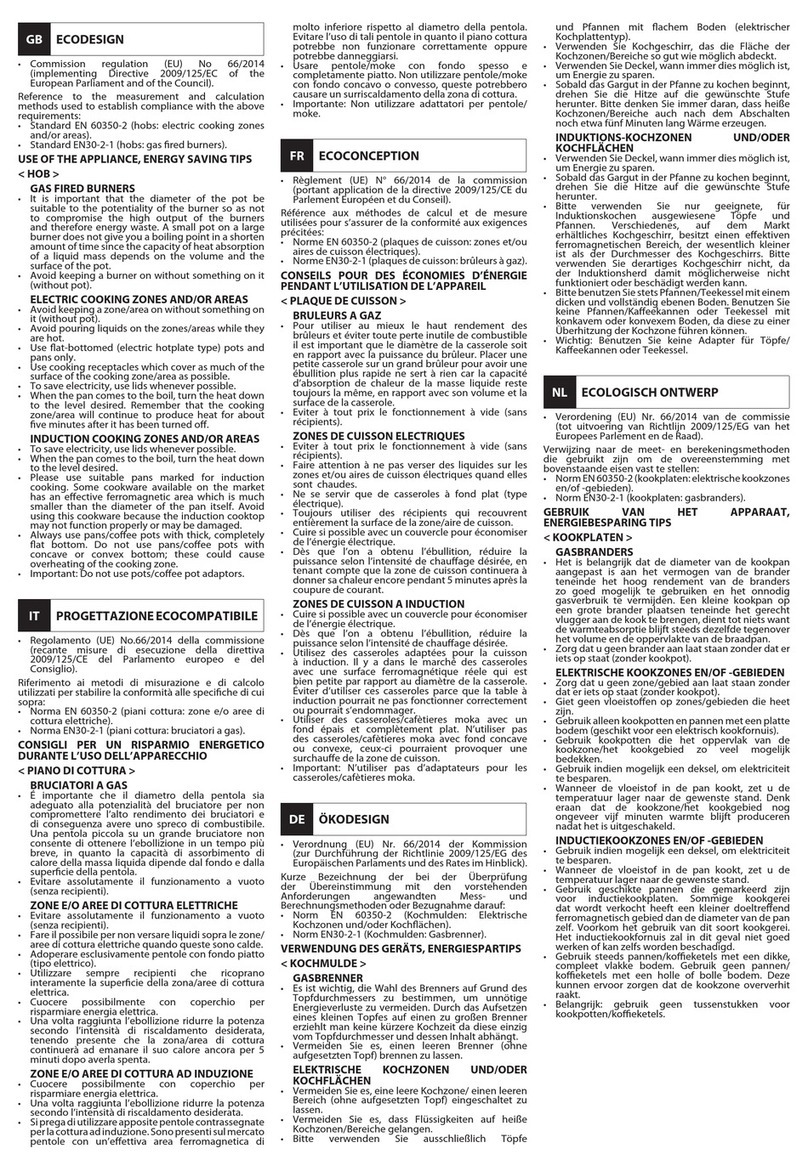
Elba
Elba EF60-440 X.1 User manual

Elba
Elba EGH-G6404G User manual
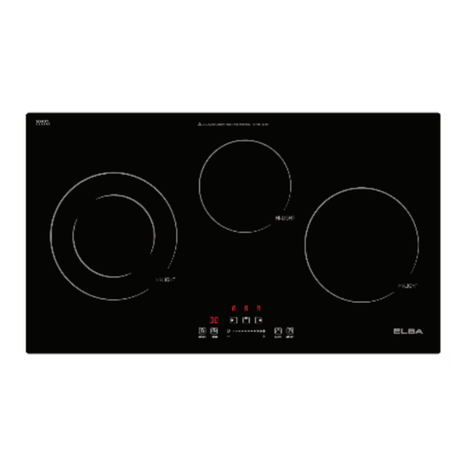
Elba
Elba EDCH-K3012ST User manual

Elba
Elba EAVF 46 PRO User manual
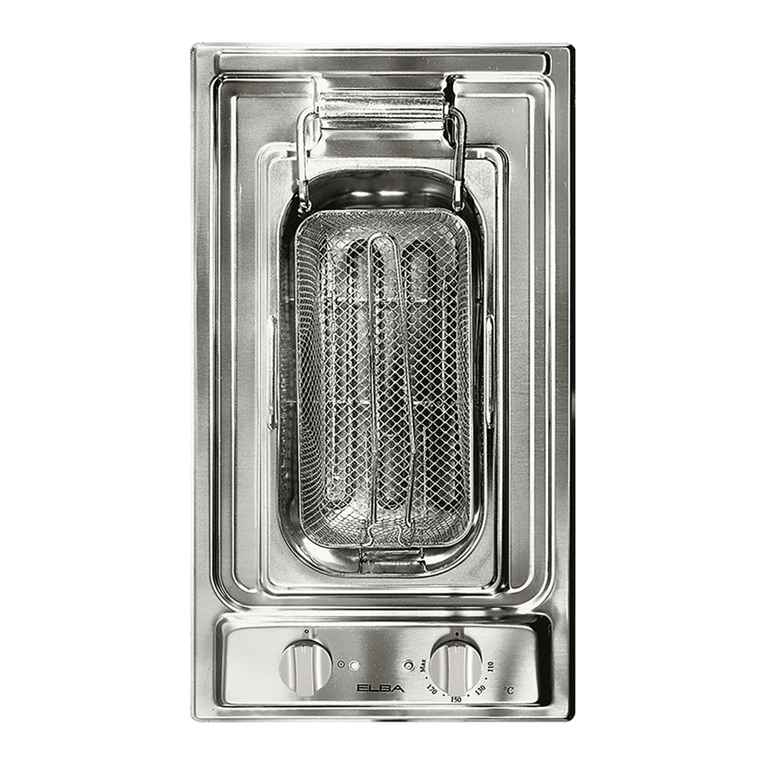
Elba
Elba DOMINO HOBS User manual
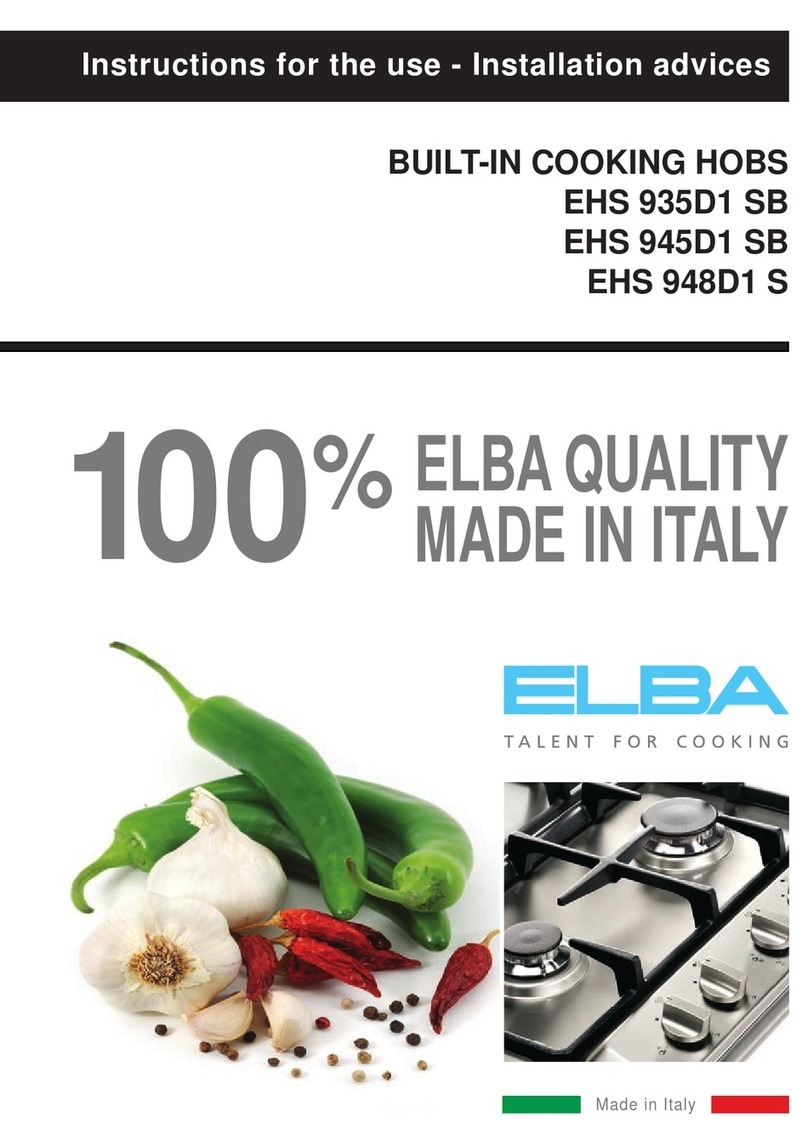
Elba
Elba EHS 935D1 SB Technical manual
